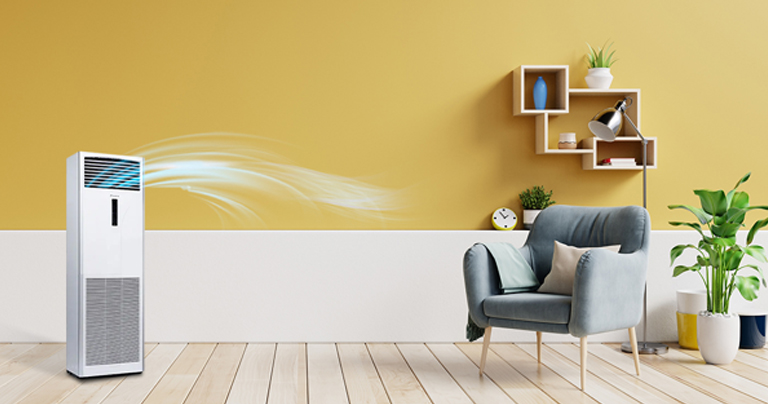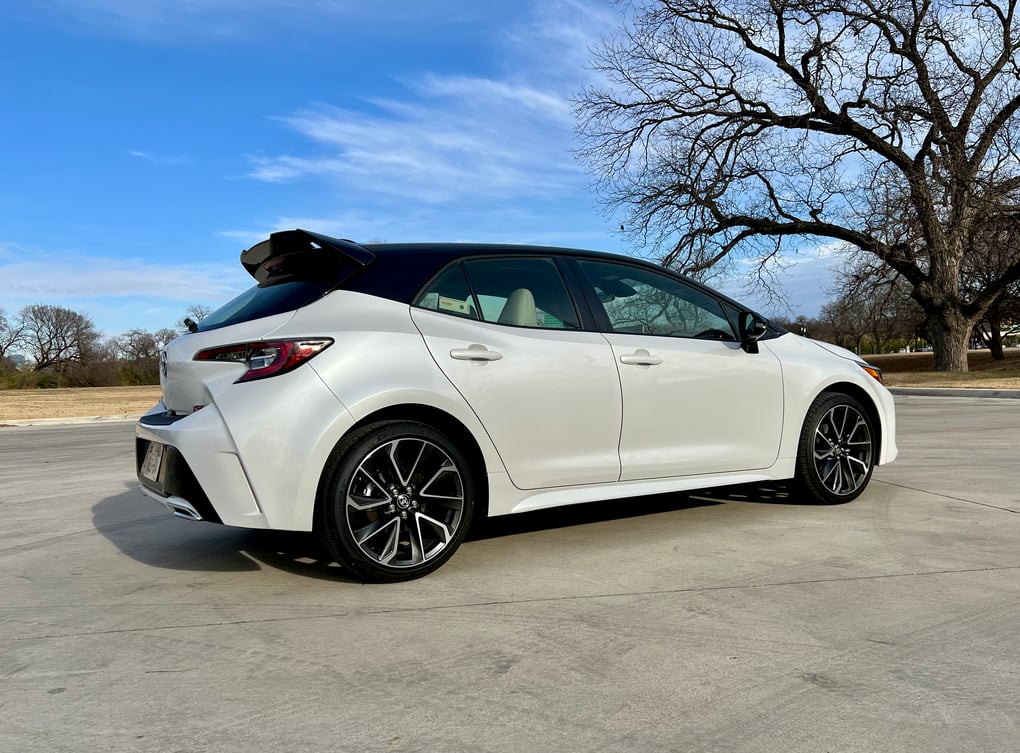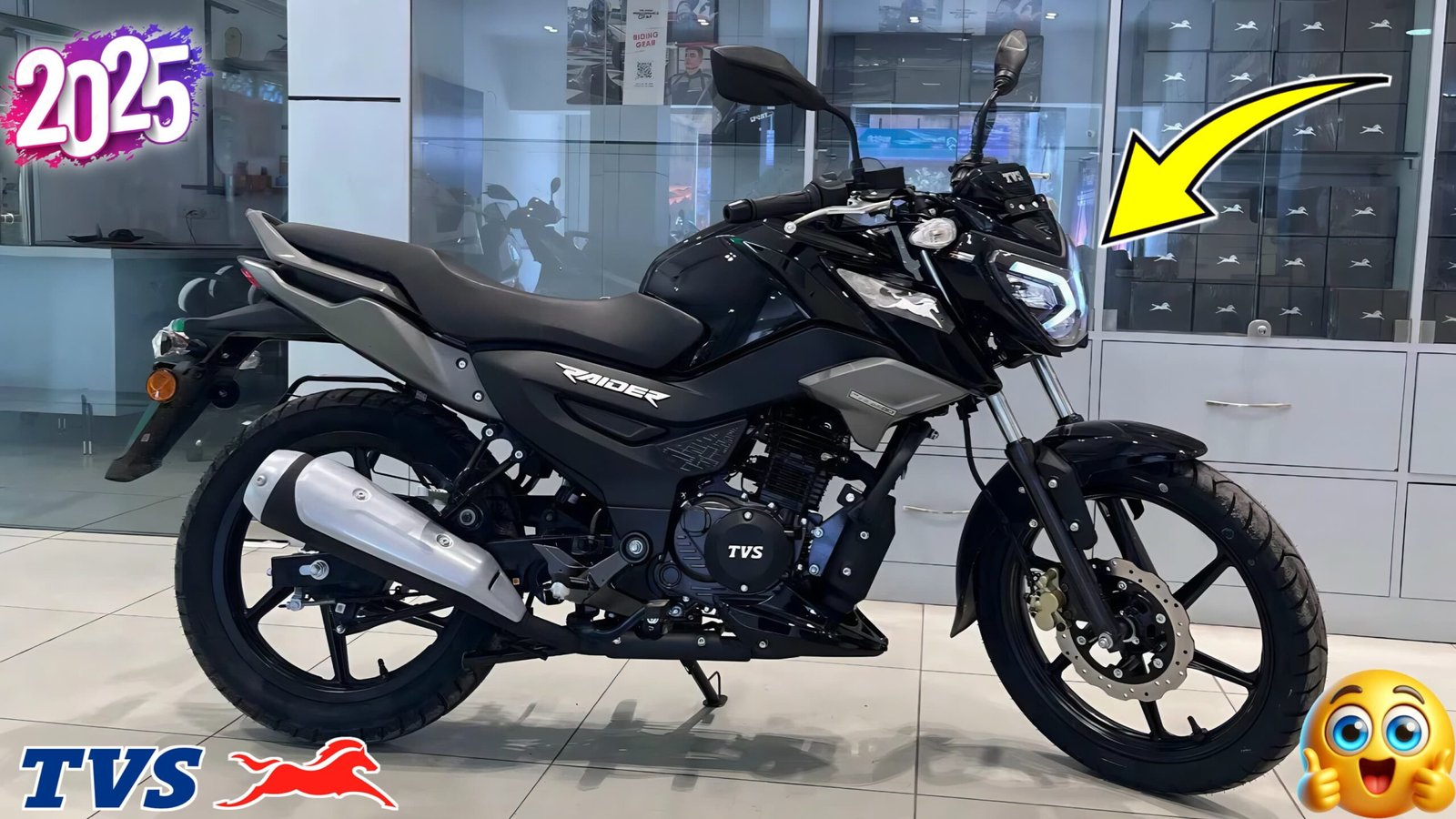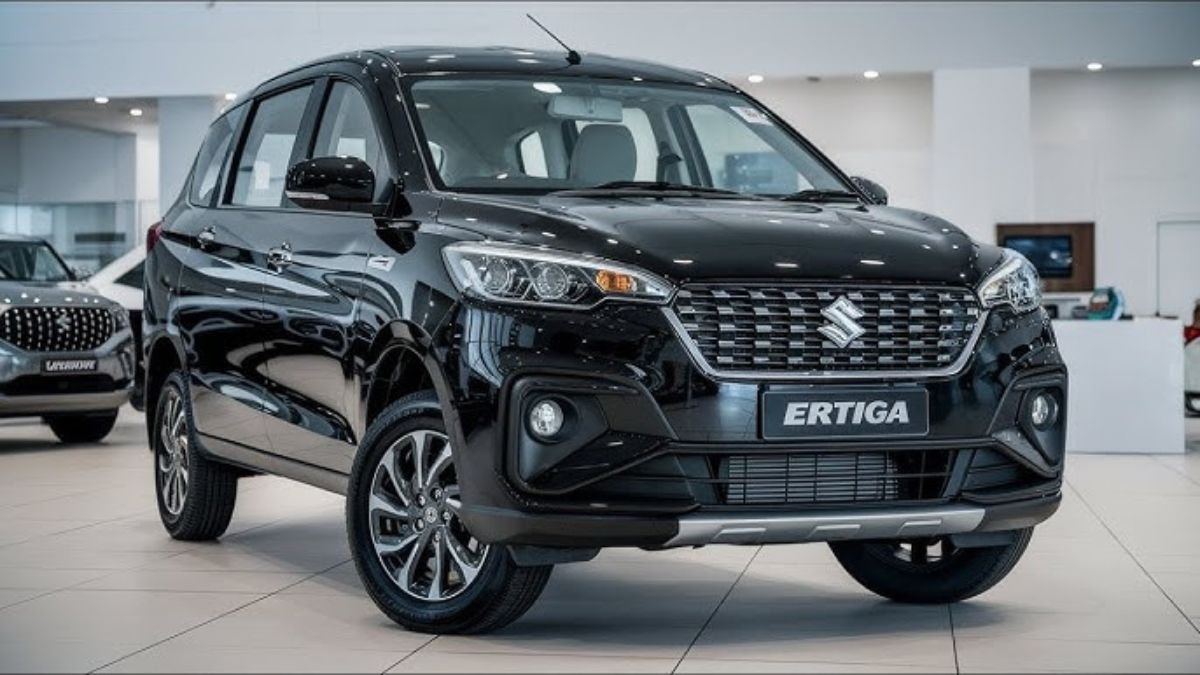Before buying a room cooler, the first thing to consider is your room size. Cooler performance is measured in CFM (Cubic Feet per Minute), which indicates how much air the cooler can circulate. To calculate the required CFM for your room, multiply the length, width, and height of the room to get its volume and divide it by 2.
For example, if your room is 10 x 12 x 10 feet, its volume is 1,200 cubic feet. Divide that by 2, and you need a cooler with at least 600 CFM airflow. For larger rooms, pick coolers with higher CFM to ensure uniform cooling.
Choose the Right Water Tank Capacity
Tank size plays a big role in how long a cooler can run without needing a refill. A smaller room can function well with a 15 to 30-liter tank. Medium-sized rooms are better suited to coolers with 30 to 60-liter tanks. For large rooms or halls, opt for a cooler with a 60-liter or higher capacity.
Many modern coolers also offer an auto-fill feature that keeps the tank filled automatically when connected to a water line, saving you the hassle of manually refilling it multiple times a day.
Pick the Right Type of Cooler
Different types of coolers are available for different room sizes and user needs:
- Personal Cooler: Ideal for small rooms or solo use. These are compact, use less power, and are easier to move.
- Tower Cooler: Best for medium rooms and homes with less floor space. They have a slim vertical design but still deliver strong airflow.
- Desert Cooler: These are made for large rooms and dry regions. With powerful fans and big tanks, they are perfect for tough Indian summers.
Check Cooling Pads for Better Efficiency
Cooling pads are key to how well your cooler performs. Two types of cooling pads are commonly used:
- Honeycomb Pads: Made from cellulose, they hold water longer and provide more efficient cooling. They are durable and last 2–3 years.
- Wood Wool Pads (Aspen): Made from thin wood shavings, these are cheaper but require more maintenance and usually need replacement every season.
If budget allows, always prefer honeycomb pads for better and longer-lasting performance.
Keep an Eye on Power Consumption
One of the biggest advantages of using a cooler over an air conditioner is electricity savings. Coolers typically consume far less energy. However, not all coolers are equal.
Look for models that operate under 200 watts if power saving is a priority. If you live in an area with frequent power cuts, select a cooler that is compatible with an inverter. Also, new BLDC (Brushless Direct Current) motor-equipped models consume even less electricity and run quietly.
Build Quality and Portability Matter
The quality of materials used affects the durability of your cooler. Coolers with a high-quality plastic or corrosion-resistant metal body will last longer, especially in regions with high humidity.
Portability is another factor to consider. A cooler with caster wheels and side handles allows you to move it easily from one room to another. Some compact models are even designed for outdoor use during family gatherings or terrace parties.
Don’t Miss Out on Useful Extra Features
Modern air coolers are packed with smart and user-friendly features. Before making your purchase, look for some of these additions:
- Remote Control: Lets you change fan speed, swing, or mode without getting up.
- Ice Chamber: Allows you to add ice cubes for even cooler air during extremely hot days.
- Timer Function: Automatically turns the cooler off after a set time, saving electricity.
- Dust Filter: Helps purify the air by filtering out dust particles, pollen, and other allergens.
Some premium coolers also offer humidity control and smart sensors to adjust cooling automatically based on room temperature.
Final Thoughts
Buying a room cooler is a smart investment during peak summer months, especially in Indian cities where dry heat dominates. But not all coolers are created equal. From CFM to tank size, and from power consumption to cooling pads, each factor makes a difference in your overall experience.
If you choose wisely, a good cooler can give you a chilled room, cleaner air, and save you thousands in electricity bills compared to air conditioners. Don’t forget to consider the type that suits your space, the durability of the materials, and modern features that enhance comfort.
In 2025, with so many advanced options available, getting the best cooler no longer means spending a lot. It means being informed. Follow this checklist, and you’ll be well on your way to beating the heat smartly and efficiently.












